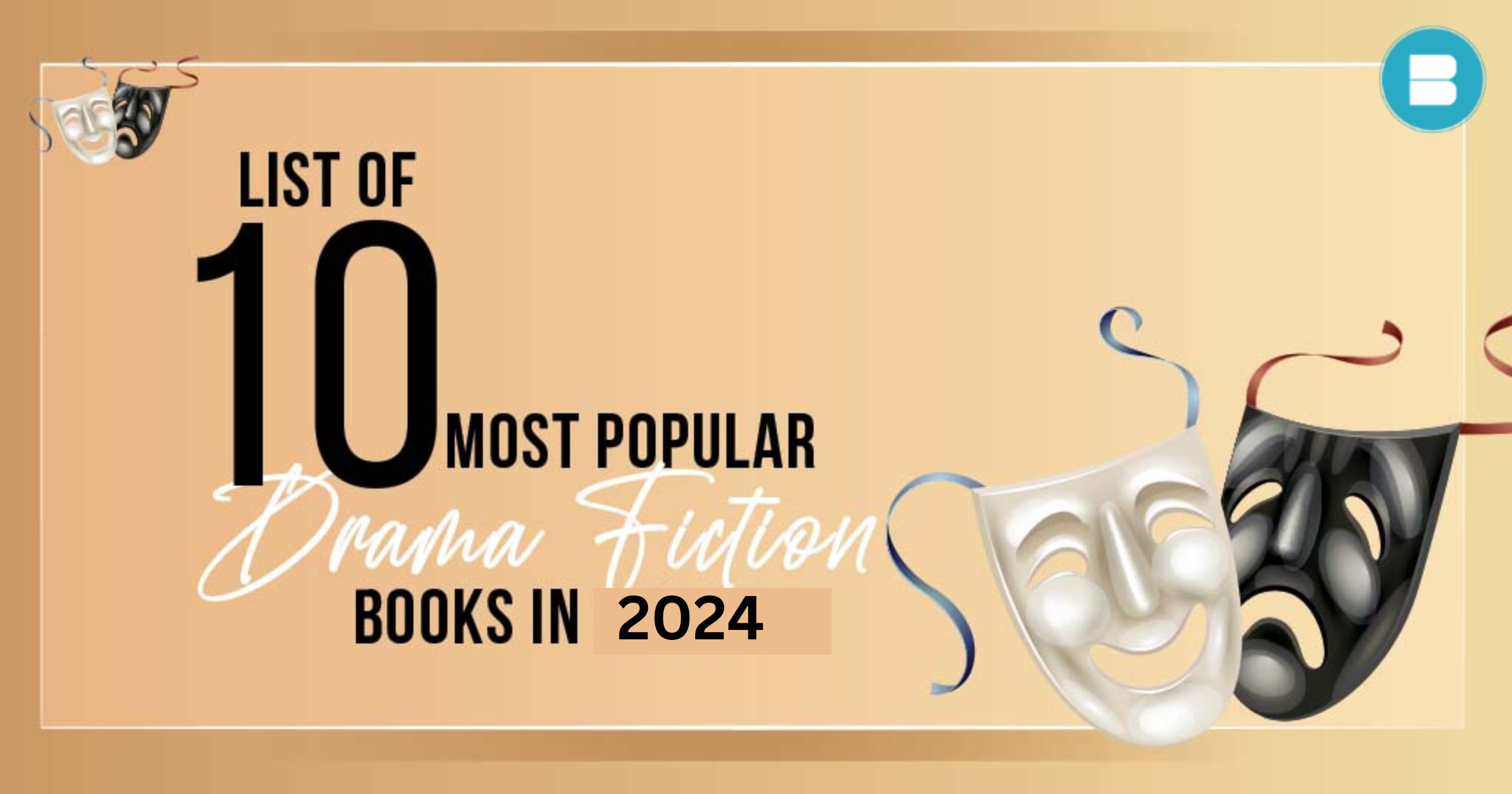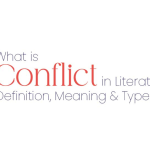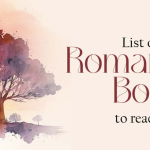Here’s a list of 10 Popular Drama Fiction Books in 2024. Drama fiction is a genre of storytelling that focuses on conflicts, emotions, and relationships between characters. One of the defining characteristics of drama fiction is its use of character development.
Read: List of 10 Most Popular Mythological Fiction Books in 2022.
Characters are typically multi-dimensional, with their own flaws, motivations, and desires that drive the plot forward. This makes them relatable to audiences, who can see themselves and their own experiences reflected in the characters on the page or stage.
Another key element of drama fiction is its use of conflict. This can take many forms, such as internal struggles, interpersonal conflict between characters, or larger societal issues.
Conflict is a crucial part of drama fiction because it provides a sense of tension and stakes, and gives the characters an obstacle to overcome.
Another hallmark of drama fiction is its focus on emotion. Characters in drama fiction often experience a range of emotions, such as love, anger, fear, and sadness.
These emotions are often explored in depth, and can help to further develop the characters and their relationships with each other.
So to spice up your life with drama, we have brought 10 most popular drama fiction for you to read –
- “To Kill a Mockingbird” by Harper Lee
- “To the Lighthouse” by Virginia Woolf
- “One Hundred Years of Solitude” by Gabriel García Márquez
- “The Death of Ivan Ilyich” by Leo Tolstoy
- “The Red and the Black” by Stendhal
- “The Picture of Dorian Gray” by Oscar Wilde
- “The God of Small Things” by Arundhati Roy
- “Three Thousand Stitches” by Sudha Murty
- “A Suitable Boy” by Vikram Seth
- “Raghava: The Optimal of Ishvanku” by Vishnu Gupta
- “To Kill a Mockingbird” by Harper Lee
The extraordinary story of a boyhood in a peaceful Southern town and the moral crisis that shook it. When “To Kill a Mockingbird” was initially published in 1960, it became an instant bestseller as well as a critical success. It went on to win the Pulitzer Prize in 1961 and was eventually adapted into a legendary Academy Award-winning film.
“To Kill a Mockingbird” is a compassionate, dramatic, and emotionally moving novel that leads readers to the roots of human conduct – to innocence and experience, generosity and cruelty, love and hatred, humour and sadness. This regional story by a young Alabama woman now has over 18 million copies in circulation and has been translated into forty languages. Harper Lee always saw her novel as a simple love story. It is now considered a masterpiece of American literature. - “To the Lighthouse” by Virginia Woolf
Mrs. Ramsay, the tranquil and maternal Mrs. Ramsay, Mr. Ramsay, their children, and several visitors are on vacation on the Isle of Skye. Woolf builds a fascinating, emotional exploration of the various tensions and allegiances of family life and the battle between men and women from the seemingly little postponing of a visit to a local lighthouse. As time passes, the Ramsays face the greatest of human obstacles as well as its greatest triumph—the human ability for change—alone and simultaneously. - “One Hundred Years of Solitude” by Gabriel García Márquez
The novel follows the Buenda family through several generations in the fictional town of Macondo, which is based on Marquez’s hometown of Aracataca, Colombia. The work is well-known for its magical realism style, which blends fantasy elements with actual events and characters. Marquez chronicles the tale of the Buenda family’s rise and collapse, as well as the town of Macondo, which is created by the family’s patriarch, José Arcadio Buenda, throughout the novel. The story delves into issues of alone, isolation, and time, as well as the search for meaning and identity in the face of change and loss. - “The Death of Ivan Ilyich” by Leo Tolstoy
The Death of Ivan Ilyich, hailed as one of the world’s finest masterpieces on the theme of death and dying, is the narrative of a worldly careerist, a high court judge who has never given the inevitability of his death more than a passing consideration. But one day, death calls to him, and he is confronted with his own mortality, much to his surprise. Tolstoy wonders how an unreflective man deals with his one and only moment of truth.
This short work was the artistic culmination of Tolstoy’s great spiritual crisis, a nine-year period following the publication of Anna Karenina during which he created no fiction. It is a thoroughly engaging and, at times, horrifying view into the abyss of death, but it is also a powerful testimonial to the potential of spiritual salvation. - “The Red and the Black” by Stendhal
Julien Sorel, a handsome and ambitious young man, is determined to climb beyond his lowly provincial beginnings. Soon realising that success can only be attained by adopting society’s subtle code of dishonesty, he begins to progress through deception and self-interest. His illustrious profession propels him into the heart of beautiful Parisian society, where he befriends the gentle, married Madame de Rênal and the haughty Mathilde. But then Julien commits an unforeseen, catastrophic crime that leads to his own demise. The Red and the Black is a vivid, satirical depiction of post-Waterloo French society, filled with corruption, greed, and ennui, and Julien – the icy exploiter whose Machiavellian strategy is undermined by his own emotions – is one of Europe’s most compelling characters. - “The Picture of Dorian Gray” by Oscar Wilde
The tale follows Dorian Gray, a young man who falls into a life of hedonism and excess after having his portrait drawn. Dorian gets increasingly concerned with preserving his youth and beauty, and strikes a Faustian deal in order to do so as his portrait matures in his place. Dorian’s image becomes progressively horrific as he lives a life of sin and debauchery, mirroring the corrosion and decay of his soul. Despite his friends’ warnings and the consequences of his acts, Dorian refuses to change his ways, ultimately leading to his sad collapse. “The Picture of Dorian Gray” is a cautionary story about the perils of vanity and pleasure-seeking at the expense of one’s morals and values. - “The God of Small Things” by Arundhati Roy
Arundhati Roy’s novel “The God of Small Things” was published in 1997. The novel, set in the Indian state of Kerala, follows the narrative of the Ipe family, with an emphasis on twin siblings Estha and Rahel. The work delves into subjects such as love, loss, and the implications of society and cultural constraints. The novel’s title alludes to the idea that seemingly inconsequential occurrences and acts can have far-reaching implications. The tale follows Estha and Rahel as they navigate their community’s complicated and often repressive social and cultural expectations. Rahel, the adult narrator, reflects on her childhood events and the impact they had on her. - “Three Thousand Stitches” by Sudha Murty
Sudha Murty, an Indian author, philanthropist, and social worker, wrote “Three Thousand Stitches,” a nonfiction book. The book is a collection of articles and personal stories about the author’s observations and experiences in India.
The book’s title, “Three Thousand Stitches,” refers to an Indian proverb that it takes three thousand stitches to construct a saree, and thus anything of value. The book is organised around this concept, with each essay delving into a different facet of life and the difficulties and lessons it provides.
“Three Thousand Stitches” discusses the value of education, the difficulties of being a woman in a male-dominated society, the value of hard work and dedication, and the value of compassion and empathy. The book is written in an approachable and engaging tone, with the intention of inspiring and encouraging readers to make the most of their life. - “A Suitable Boy” by Vikram Seth
“A Suitable Boy” is a 1993 novel written by Indian author Vikram Seth. The novel takes place in 1950s India and chronicles the lives of four families, including the wealthy and powerful Chatterji family. Lata, the Chatterji family’s daughter, is at the core of the plot, looking for a good partner. The novel is renowned for its scale and ambition, since it explores the linked experiences of a vast cast of individuals and covers a wide range of subjects, including love, family, politics, and post-independence India’s evolving social scene. “A Suitable Boy” is a sprawling and epic story that depicts Indian society and culture in rich and thorough detail. - “Raghava: The Optimal of Ishvanku” by Vishnu Gupta
This book is based on the dynasty of Ishvanku’s rullar life story and the genesis of the Ikshvaku dynasty, as well as Lord Rama’s and Goddess Sita’s life story and struggle. The author only considered Lord Rama’s personal characteristics and qualities in this section.
Though there are many great kings who were born in this gynaecology, Lord Rama was regarded the greatest king of the Ikshvaku dynasty, yet the way Rama kept his devotion and truthfulness, he became eternal on the earth and god-like futures.
The scarification of Rama and Sita, as well as their monastic existence, guide individuals to become good men. Though this wonderful dynasty had many outstanding rulers such as Ishvanku, Mandhata, Bhagirathi, Dileepa, and Harishchandra, the god-like aspect of Rama is always adorable for everyone. Rama was a great solitaire and successful ruler of Kosala, as well as a respectable son, husband, brother, king, and father.
There are clearly numerous classic and contemporary works in this genre that have caught the interest and imagination of people all across the world.
From Oscar Wilde’s “The Picture of Dorian Gray,” which delves into the complexities of love and loss in Indian society, to Arundhati Roy’s “The God of Small Things,” which delves into the dangers of vanity and excess, these novels offer rich and engaging stories that explore the human experience in all its complexities.
These works, and many others like them, allow readers to escape into new worlds and share in the pleasures, sorrows, and victories of the characters they meet along the road.
Let us know your favourite drama fiction!!
Happy Reading !
















